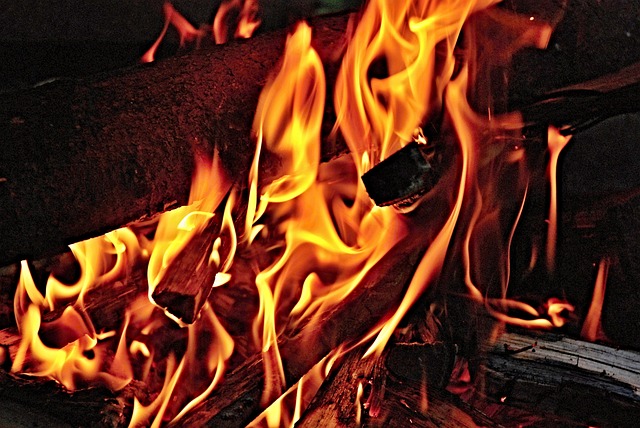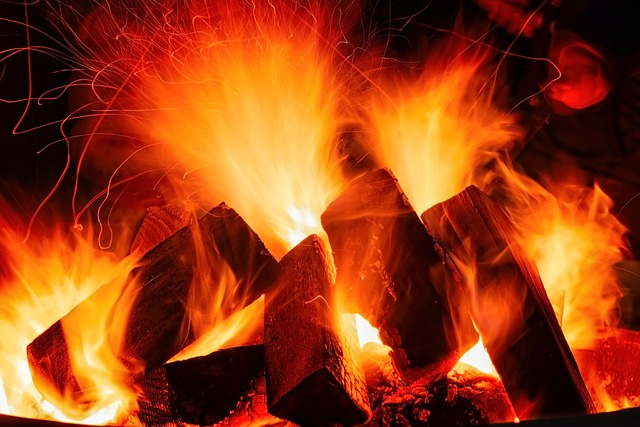Navigating fire insurance claims in California involves several steps: submitting a formal claim, documenting damage with photos/videos, creating an inventory of personal belongings, and contacting your insurer immediately. Understanding policy rights, estimating losses accurately, and staying updated on legal requirements are crucial for successfully selling fire-damaged property in California. Strategic considerations include assessing post-fire market values, making transparent disclosures, and timing the sale for optimal financial gain.
“In the event of a fire, swift action and understanding the intricacies of your fire insurance claim are crucial. This comprehensive guide navigates the process for California residents, from immediate post-fire steps to legal considerations. We demystify documenting losses, ensuring accurate assessments for fair compensation.
Learn how to navigate the legalities of fire insurance claims and gain insights into selling fire-damaged property in California with expert tips. Whether you’re a homeowner or investor, these strategies will empower you to overcome challenges and rebuild.”
- Understanding Fire Insurance Claims Process in California
- What to Do Immediately After a Fire Damage in Your Property
- Documenting and Estimating Losses for Fire Insurance Claims
- Navigating the Legalities and Requirements of Fire Insurance Claims
- Selling Fire Damaged Property: Tips and Considerations in California
Understanding Fire Insurance Claims Process in California

In California, navigating the fire insurance claims process involves a series of steps designed to ensure fair compensation for fire-damaged properties. The journey begins with notification of the loss, typically through a formal claim submission to your insurer. This is where having comprehensive records of your property’s value, including recent appraisals and receipts, becomes crucial. Your insurance company will then assess the damage, often dispatching an adjuster who will inspect the affected areas and document the extent of the harm.
Once the assessment is complete, your insurer will provide a claim settlement offer based on their evaluation. This may include coverage for the repair or replacement of damaged assets, as well as living expenses incurred during the recovery period. If you’re considering selling fire-damaged property in California, it’s important to understand your rights and options under your policy. Some policies may allow for a “depreciated value” sale, while others could offer more favorable terms to help facilitate a swift transition.
What to Do Immediately After a Fire Damage in Your Property

After a fire damages your property in California, the initial steps are crucial for managing the situation effectively and ensuring a smooth claims process. The first action is to ensure everyone’s safety and call emergency services if necessary. Once safe, document the damage by taking photos or videos of the affected areas—this visual record will be invaluable when filing your fire insurance claim. Create an inventory of personal belongings and valuable items, noting their condition and estimated value; this detail can help in the settlement process.
Next, begin temporary repairs to prevent further damage but avoid extensive work that might alter the property’s state at the time of loss. Contact your insurance provider promptly to report the incident and begin the claims procedure. Keep all communication and documentation organized, as it will be essential when selling fire-damaged property in California later on.
Documenting and Estimating Losses for Fire Insurance Claims

After a fire, documenting and estimating losses is crucial for a successful fire insurance claim in California. The first step involves assessing the damage thoroughly, taking photos or videos of affected areas, and creating detailed descriptions of the damages. This includes noting destroyed or damaged items, their condition, and their value, especially when selling fire-damaged property. It’s important to keep records of all expenses related to the claim process for later reference.
Estimating losses requires a methodical approach. Property owners should gather invoices, receipts, and other proofs of purchase for repairs or replacements. For personal belongings, appraisals from professionals can help determine their current value. In California, it’s beneficial to work with experienced adjusters who understand the local market and insurance regulations. They can ensure that claims are accurately assessed, making the selling fire-damaged property process smoother and more efficient.
Navigating the Legalities and Requirements of Fire Insurance Claims

Navigating the legalities and requirements of fire insurance claims can be a complex process, especially for those in California who are looking to sell fire-damaged property. The first step is understanding your policy’s coverage and deductibles. Insurance policies vary widely, so reviewing the fine print is crucial to know what damages are covered and what expenses will be incurred during the claim process. In California, where natural disasters like wildfires are common, certain policies may include specific clauses for these events.
Once you’ve familiarized yourself with your policy, documenting the damage thoroughly becomes essential. This includes taking detailed photos of the affected areas and keeping records of any repairs or replacements made. Selling fire-damaged property requires transparent communication with insurance providers about the extent of the damage, as it directly impacts claim approvals and settlement amounts. Additionally, staying updated on California’s legal requirements for such claims ensures a smoother process.
Selling Fire Damaged Property: Tips and Considerations in California

Selling fire-damaged property in California involves a unique set of considerations. If you’ve experienced a fire, it’s understandable to want to sell quickly for financial relief. However, navigating this process requires a strategic approach to ensure fair compensation. One key aspect is understanding the market value of your property post-fire. While it may have decreased due to damage, thorough repairs can significantly increase its worth. It’s essential to consult with real estate professionals and insurance adjusters who can provide accurate assessments.
When preparing to list, focus on disclosures. California law requires transparent communication about any significant damage or repairs needed. Highlighting these aspects upfront can manage buyer expectations and prevent potential disputes later. Additionally, consider the timing of your sale. In some cases, selling promptly after a fire can be advantageous, as it may reflect the pre-fire market value more accurately. However, taking time to repair and renovate strategically can increase the property’s appeal and fetch a higher sale price.
Fire damage can be devastating, but understanding the California fire insurance claims process is crucial for a smooth recovery. From immediate steps after a fire to navigating legalities and documenting losses, this guide equips homeowners with knowledge. Additionally, tips on selling fire-damaged property in California offer a path forward for those looking to rebuild and restart. Remember that, while challenges may arise, proper preparation and awareness of the claims process can make all the difference in the aftermath of a fire.






